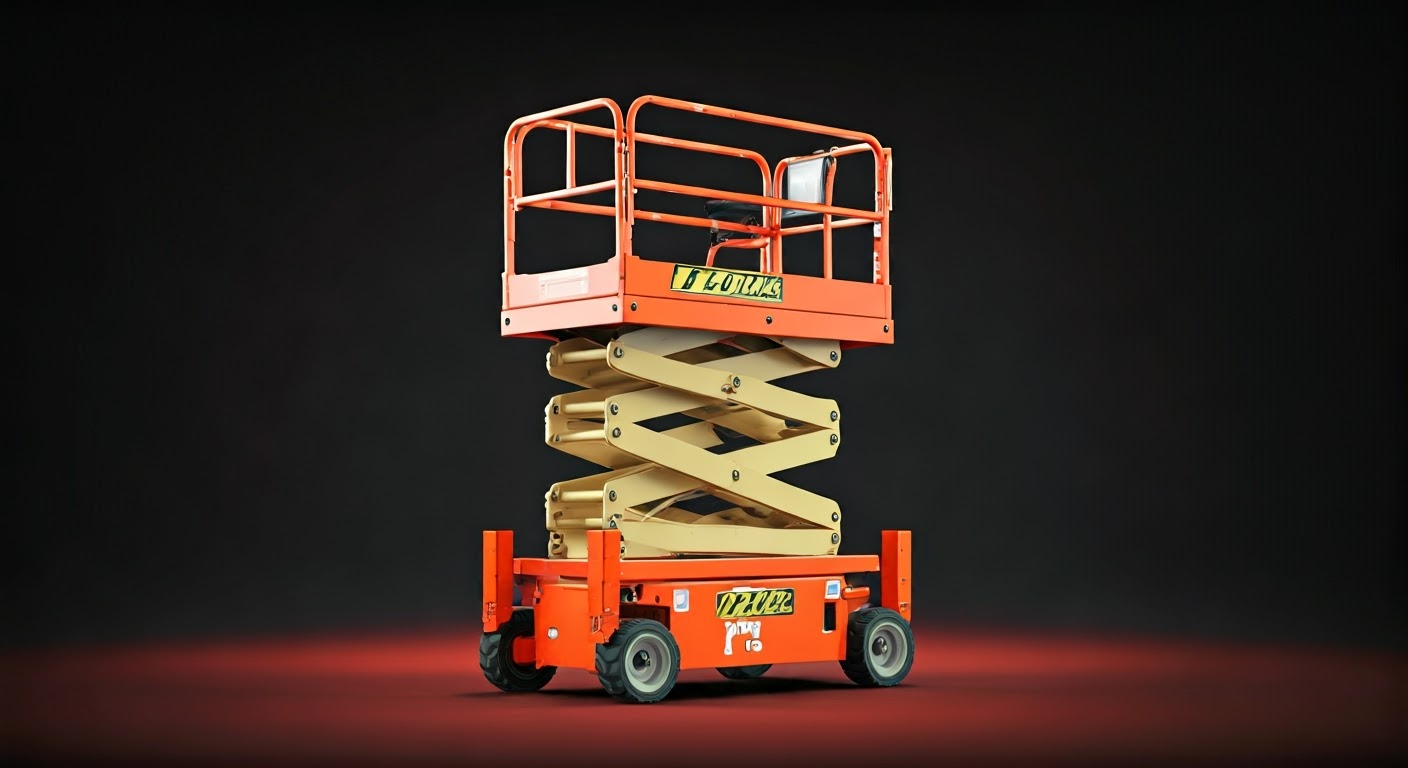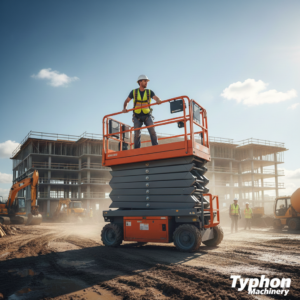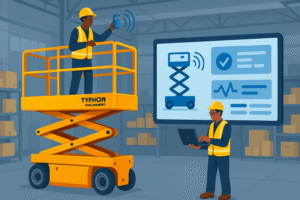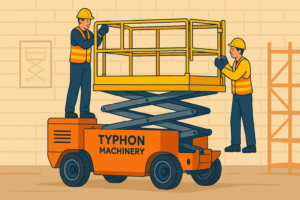What Are the Disadvantages of a Scissor Lift? Key Limitations to Consider
What Is A Disadvantage Of A Scissor Lift? In sectors like construction, manufacturing, and maintenance, scissor lifts are essential equipment providing a sturdy platform for personnel to complete jobs at height. Though adaptable, they have several clear disadvantages that could affect project results, efficiency, and safety. The “key disadvantages of scissor lifts” will be discussed in this article to assist you choose if they are the appropriate option for your requirements or whether substitutes like boom lifts or scaffolding would be better fit.
1. Limited Vertical Reach and Mobility
Height Restrictions
Although scissor lifts are made for vertical elevation, depending on the type their maximum operational height usually falls between 15 and 50 feet. For jobs requiring access over 50 feet, such as high-rise building maintenance, scissor lifts are inadequate. For difficult jobs, articulated boom lifts are more adaptable as they may span over 100 feet and negotiate obstacles.
Inability to Adjust Horizontally
Scissor lifts lack horizontal reach unlike boom lifts. Once raised, the platform stays in same location. This restriction slows down output by forcing employees to continually lower and move the machinery to access various places.
Example: While a boom lift might tilt horizontally to cover more land, a maintenance crew fixing lights in a big warehouse may waste hours adjusting a scissor lift.
2. Poor Performance on Uneven Terrain
Stability Risks
Stability of scissor lifts depends on a stiff, rectangular foundation. Although this design fits level, solid grounds, uneven or soft ground—that is, gravel, dirt, or slopes—may create tipping dangers. Even machines with rough-terrain capability find difficulty on areas with more than a 3-5% inclination.
Safety Tip: OSHA mandates that companies evaluate working conditions and utilize outriggers or stabilizers to reduce tipping. These add-ons, however, decrease mobility.
3. Weight Capacity Constraints
Most scissor lifts support 500–1,000 pounds including people, tools, and supplies. Although enough for regular chores, this becomes a challenge for heavy-duty uses:
- Material Transport: Hailing large HVAC units or steel beams may exceed weight limits.
- Team Size: Only 2–3 workers can safely use the platform simultaneously.
Comparison: Industrial forklifts often handle 5,000+ pounds, making them better for heavy material handling.
4. Sensitivity to Environmental Conditions
Wind Vulnerability
Large surface area scissors lifts make them vulnerable to wind gusts. OSHA rules forbid using them in gusts higher than 28 mph, which can suddenly stop outdoor work.
Temperature and Weather Limits
- Electric Models: Perform poorly in extreme cold, reducing battery life.
- Hydraulic Systems: Can freeze in sub-zero temperatures, causing mechanical failure.
Workaround: Diesel-powered lifts fare better outdoors but produce emissions unsuitable for indoor use.
5. Safety Risks and Operator Error
Tip-Over Accidents
According to the Bureau of Labor Statistics, scissor lift tip-overs account for 15% of aerial lift fatalities annually. Common causes include:
- Overloading the platform.
- Striking overhead obstacles (e.g., beams or power lines).
- Incorrectly deploying stabilizers.
Entrapment Hazards
Lift breakdown mid-air has caused injuries to workers who were trapped till rescue. Although they raise running expenses, regular maintenance and emergency descending systems are quite vital.
6. High Maintenance and Ownership Costs
Complex Mechanical Systems
Scissor lifts require frequent upkeep due to:
- Hydraulic fluid leaks.
- Worn-out scissors mechanisms.
- Battery degradation (for electric models).
Cost Breakdown:
- Maintenance: 1,000–1,000–3,000 annually.
- Downtime: Repairs can idle projects for days.
Fuel and Energy Costs
Diesel models consume 50–50–100 in fuel daily, while electric lifts need 8–12 hours to recharge.
7. Training and Certification Requirements
OSHA mandates that operators complete formal training programs (8–16 hours) to use scissor lifts legally. For small businesses, this creates:
- Time Delays: New hires can’t operate equipment immediately.
- Budget Strain: Training costs 200–200–500 per employee.
8. Space Limitations
Scissor lifts operate from broad, clear channels. Their big size makes navigation challenging in confined spaces like congested building sites or small passageways.
Alternative: Compact lifts or scaffolding may improve accessibility.
9. Lack of Versatility
Scissor lifts excel at vertical lifting but can’t:
- Reach over obstacles.
- Adjust platform height incrementally.
- Handle tasks requiring horizontal precision (e.g., window washing).
10. Regulatory Compliance Challenges
Businesses must adhere to strict OSHA and ANSI standards, including:
- Daily equipment inspections.
- Fall protection (harnesses, guardrails).
- Documentation of training and maintenance.
Non-compliance risks fines up to $15,000 per violation.
Ethical Consideration: When to Use Scissor Lifts
While scissor lifts have drawbacks, they remain ideal for:
- Indoor maintenance (no emissions).
- Short-term projects on flat surfaces.
- Budget-conscious teams.
For specialized tasks, consider renting boom lifts or tracked platforms.
Conclusion: Weighing the Pros and Cons
For simple vertical jobs, scissor lifts provide stability and cost; yet, they suffer with height restrictions, uneven ground, and safety concerns. Understanding these drawbacks helps companies to make wise decisions, give worker safety a priority, and maximize project effectiveness. Before selecting a lift, always speak with equipment experts and perform a site inspection.





